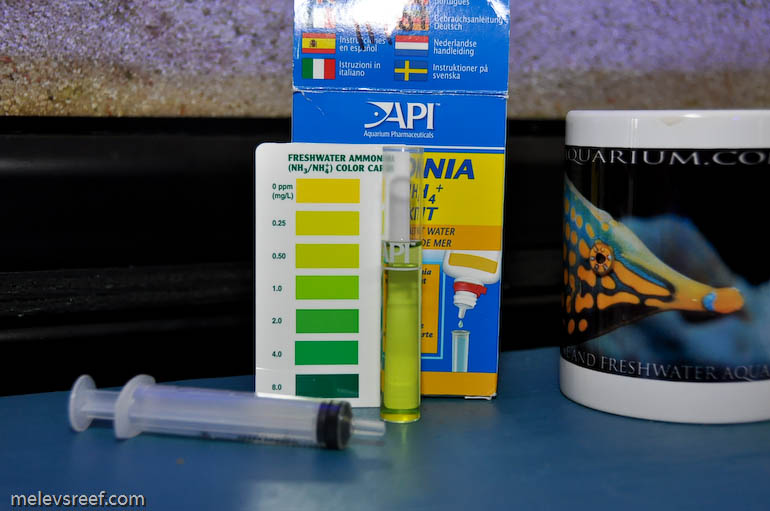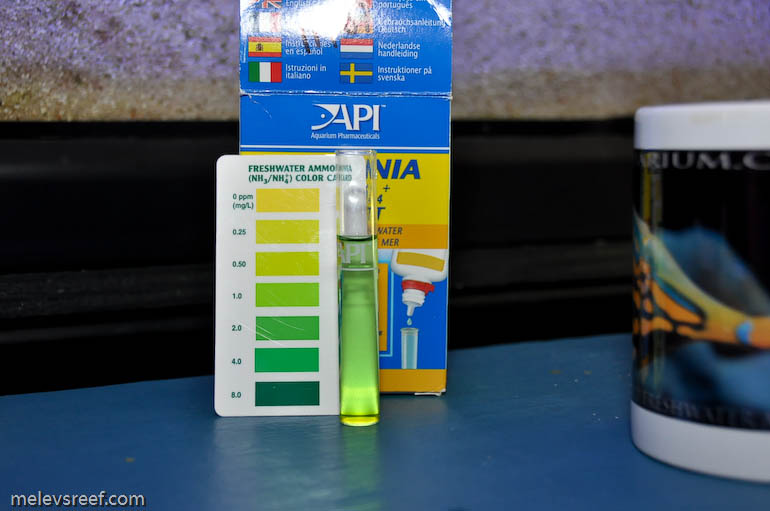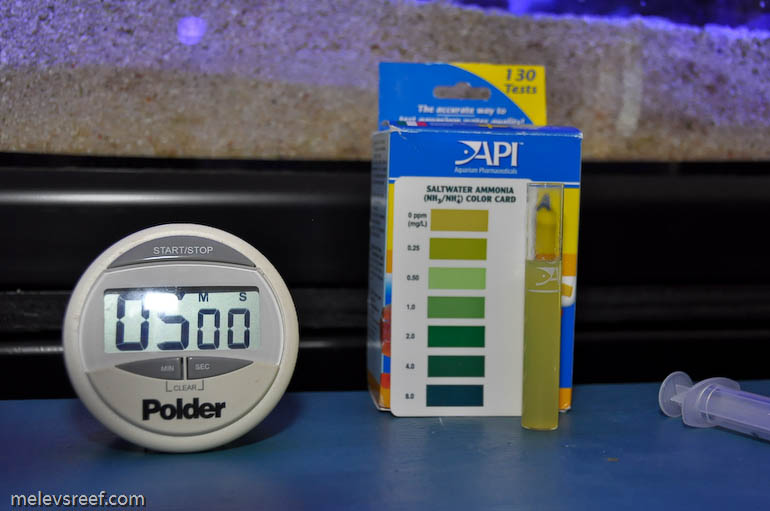Ammonia levels rising
by
, 07-21-2011 at 12:24 PM (3983 Views)
Water test of RO/DI water: .5ppm Ammonia
Water test of Tap water: 1ppm Ammonia
Water test of tank water: 0 Ammonia
Thanks for making me break out my kit, Kirk of DFWMAS. I'm adding Seachem's Prime to my ATO reservoir, and purifying a pump so I can lower it in there to mix up the product in the 45g's worth of water that tops of my tank for the next week. Looks like we all need to double check our water supply to avoid hurting our livestock.
Test your RO water, test your saltwater for water changes, everyone. Let us know your results. This time of year some areas are suffering from drought conditions. The water table drops and the water comes in more polluted. Cities may add more chemicals to make sure it is safe for human consumption, which in turn affects our livestock.















